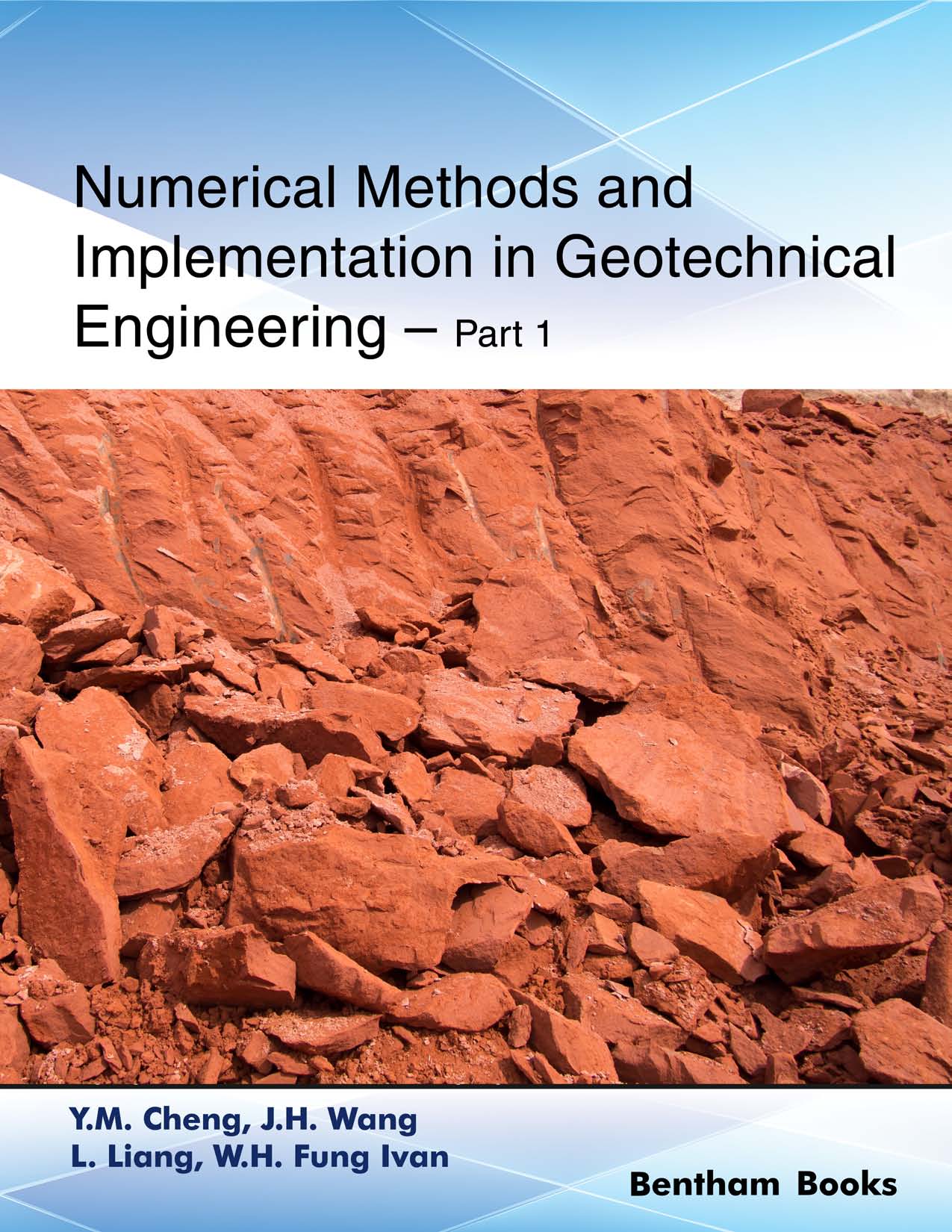Introduction
Numerical Methods and Implementation in Geotechnical Engineering explains several numerical methods that are used in geotechnical engineering. The first part of this reference set includes methods such as the finite element method, distinct element method, discontinuous deformation analysis, numerical manifold method, smoothed particle hydrodynamics method, material point method, plasticity method, limit equilibrium and limit analysis, plasticity, slope stability and foundation engineering, optimization analysis and reliability analysis. The authors have also presented different computer programs associated with the materials in this book which will be useful to students learning how to apply the models explained in the text into practical situations when designing structures in locations with specific soil and rock settings.
This reference book set is a suitable textbook primer for civil engineering students as it provides a basic introduction to different numerical methods (classical and modern) in comprehensive readable volumes.

